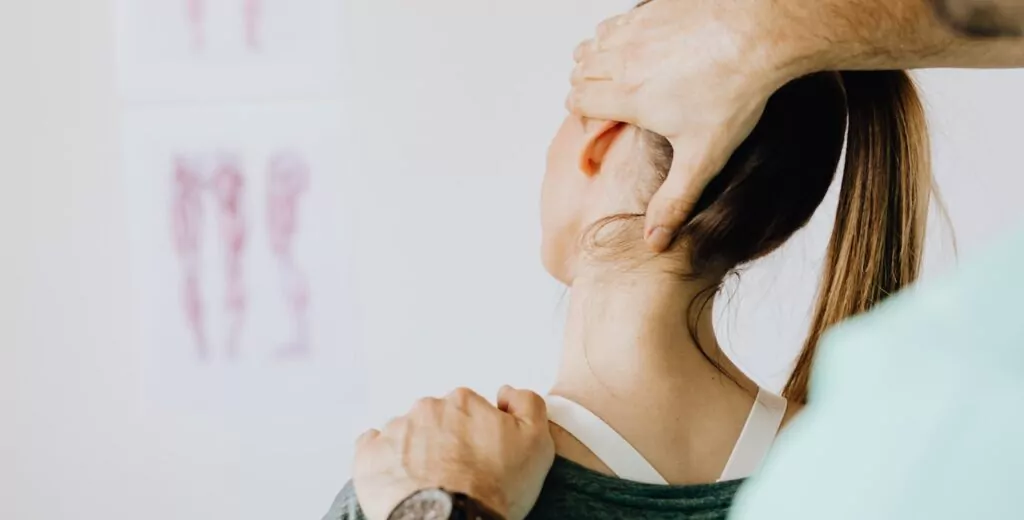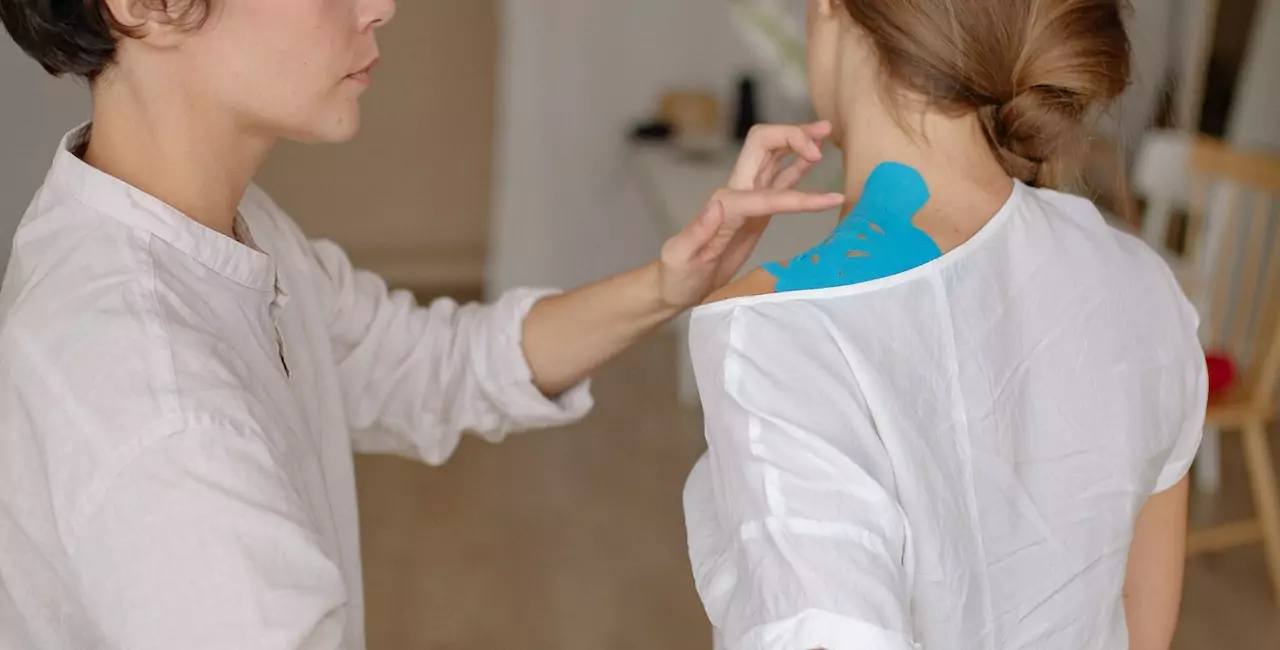What are the different causes of neck pain?
Neck pain, discomfort, and stiffness are commonly associated with people who have an incorrect sitting or sleeping position or have long working hours. According to the National Health Interview Survey Data 2012 statistics, about 14% of Americans deal with problems associated with neck pain and stiffness. Poor posture, stress-related muscular tension, muscular strain, fibromyalgia, osteoarthritic condition with inflammation of the joints, compressed nerve, traumatic injury or whiplash, injury or jerk to the spinal cord, and disc degeneration with subluxation, displacement, and dislocation of the joints.
Apart from the reasons mentioned above, stress, anxiety, and depression are also the causative factors behind neck pain, discomfort, and stiffness. Certain medical conditions, such as bacterial and viral infections that include tonsillitis, meningitis, common cold or flu, infectious mononucleosis, thyroid conditions, and heart diseases, can lead to pain and stiffness in the neck.
Though neck pain is an acute and self-limiting disease, if left untreated for a longer duration may convert into a severe and debilitating state that is difficult to manage. This blog has tried to highlight specific points of natural methods that can help eradicate the signs and symptoms of neck pain while living a healthy life.
Natural remedies for managing neck pain and discomfort
Neck pain sounds very simple but may significantly disrupt daily life activities to a much greater extent. About 50% of people experience neck pain relapsing even after complete eradication, either as a chronic symptom or sporadically. Hence, managing the signs and symptoms of neck pain is necessary.
Natural remedies can help patients with acute or chronic neck pain and stiffness. The tension in neck muscles and the associated pain can be relieved by non-invasive massage therapy, which is a gentle but effective way of managing symptoms of neck pain, especially in people who have such symptoms secondary to poor sleeping positions.

People who sleep on their stomachs or with necks positioned at an acute angle may awaken themselves to a painful surprise in the morning. For this, a soft curved or bolster-shaped pillow that conforms to the natural curvature of the neck and the occipital area (back of the skull) can position your neck comfortably while resting on your back. You can also use slightly warmed-up rice-filled socks wrapped in a hot and wet towel to create a flexible pillow that provides consistent hot fomentation to the neck muscles and relaxes them after relieving their tension.
If you find out that the cause of your neck discomfort is your poor sitting position, then straighten up your back while sitting and avoid undue bending. If the level of the screen is at a lower height than your eye level, make sure to raise the screen and maintain your posture well. Different neck exercises and rolls can also be done as daily routine exercises to lower the symptoms of neck pain. The rolling and exercise of the neck muscles should be a slow and consistent process so as not to hit the already sore muscles hard. The controlled moving of the stressed and twitched neck muscles will relieve the pain and stiffness slowly and steadily.
Spondylosis, or cervical disc degeneration, is a medical condition commonly seen in people over 40 years of age. The cervical spine is part of the spinal cord or backbone extended at the back of the neck. The discs in between the cervical spine bones start to degenerate in patients who suffer from spondylosis. It leads to secondary effects like tingling, irritation in the associated nerves, and spasms in the cervical muscles.
A soft collar or a soft neck brace adapts to the curvature of the neck and eases the pain arising from neck spondylosis. It is worn for intermittent short periods as its long-term use can weaken the neck muscles, leading to degeneration.
If the spasticity in the neck muscles is not relieved by the above-mentioned natural remedies or even after taking over-the-counter painkillers, then seek professional help. The chiropractors, through their manual or electric manipulations and adjustments, laser and ultrasound therapy, and different massages, aid in relieving the symptoms of pain and discomfort in the musculoskeletal complex. Chiropractic professionals are trained to align the spine and maintain its proper curvature and balance, helping patients with degenerative joint diseases.
Takeaway Note
Neck pain is one of the most common conditions affecting people irrespective of age and gender. The symptoms associated with spasticity of the neck muscles should be curbed early to avoid any serious joint disease.




